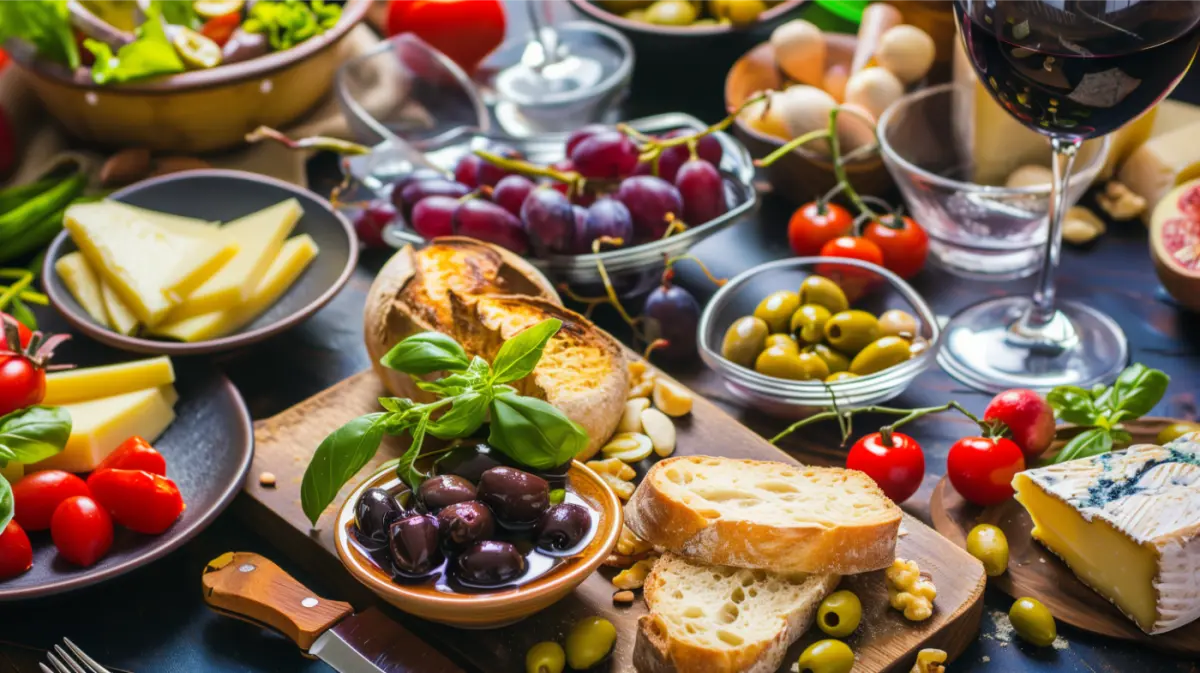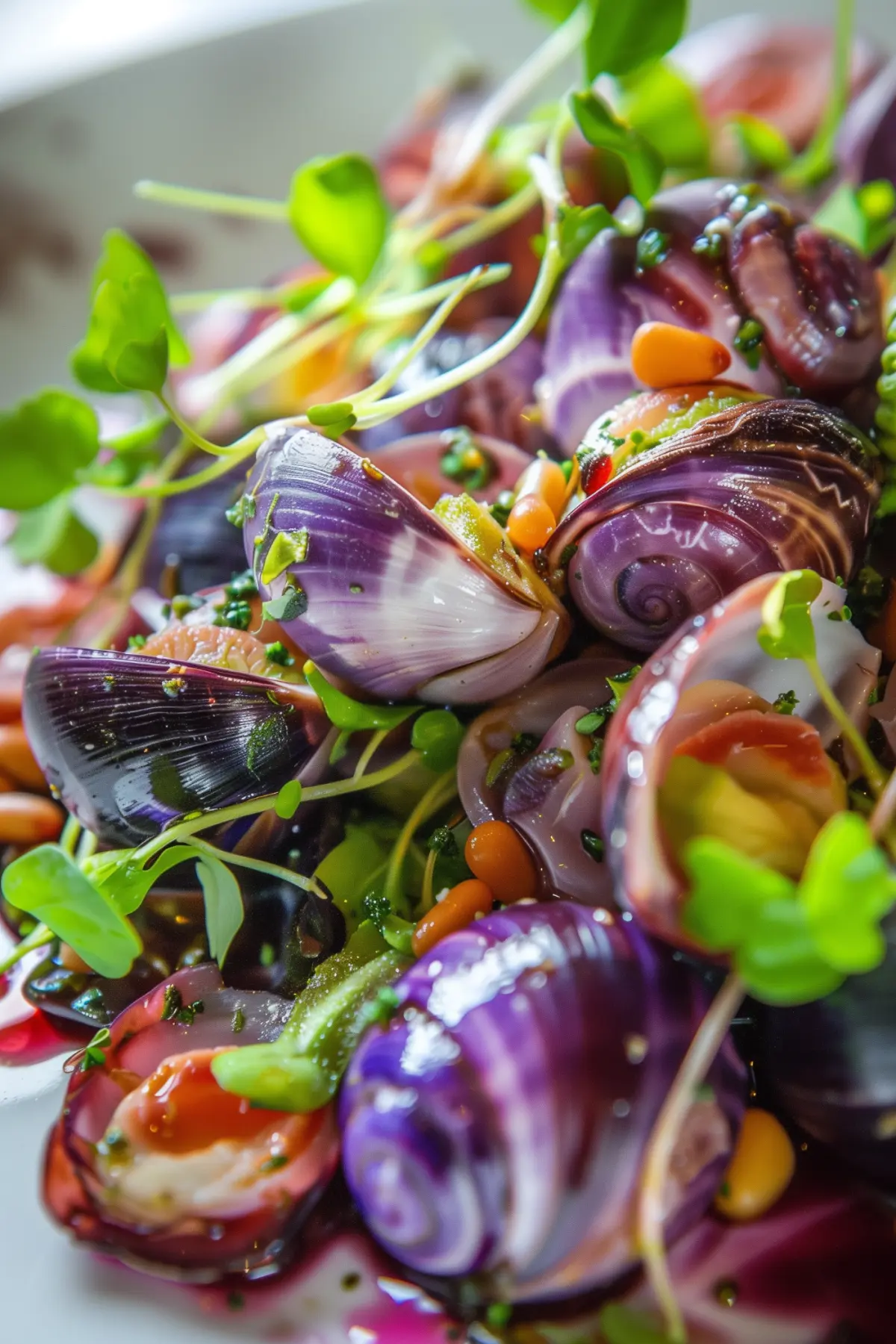You Won't Believe What Romans Ate for Lunch

Think Roman lunch was just bread and cheese? Think again! From sumptuous seafood to decadent dormouse delicacies, the midday meal for the wealthy was an extravagant affair. But even the poor got creative, dressing up simple vegetable dishes with flavorful herbs and sauces. Let's take a hunger-whetting tour of what Romans from all walks of life ate for their main meal of the day:
The Modest Prandium
For the lower classes, lunch or prandium consisted of bread, cheese, olives, salad, fruit, and nuts. Laborers might also tuck into a simple dish of lentils, beans, or dried peas rehydrated with broth. Soldiers made hearty handpies stuffed with meat, vegetables, and herbs to sustain them in the field. A popular modest lunch was the basic but nourishing porridge called pulmentum made from grains like wheat or millet cooked in water or broth. It was often topped with cheese, herbs, or a few pieces of meat or fish if available. Street food vendors also hawked simple but tasty bread pudding or patina made by pouring a mixture of milk, eggs, herbs, and cheese over stale bread and baking it. But even these humble lunches were bursting with rustic Mediterranean flavors.

Sumptuous Seafood Spreads
The affluent upper crusts spared no expense for lavish seafood lunches. Plates brimmed with prawns, lobster, oysters, mussels, and fish like turbot, brill, and sea bass - all pulled fresh from Roman waters or imported alive. One extravagant delicacy was κηροβούλα, a salad made from the tender shoots of the best wine grapes, dressed with vinegar, herbs, and pine nuts. The crowning glory? Enormous saltwater murex snails, valued for their coveted purple dye but also prized as a rare delicacy.
Dormouse Delight
You read that right - dormice were the "caviar" of ancient Rome! These cute rodents were stuffed with pork milk-fed, baked, and then drenched in honey sauce to be eaten as a decadent sweet-and-savory treat at wealthy Roman banquets. Another exotic indulgence was stuffed sows' wombs or uteri - the unborn piglets were removed from the uterus and cooked inside it, then served as a prized delicacy.

Sumptuous Sauces and Seasonings
No proper Roman lunch was complete without an array of flavor-packed sauces and seasonings. Cooks crafted complex concoctions like fish sauce (the premium garum), herb blends like souition and silphion, or sweet-and-sour vinegar sauces. Dishes were also enriched with exotic spices like laser root from Persia, which imparted a pungent flavor. Even basic bean or lentil dishes were kicked up a notch with sizzling cumin, lovage, asafoetida, or cilantro oil. A popular sauce was oenogarum, made by mixing garum, wine, and herbs.
Wine and Watered Wine
Of course, no midday Roman meal was complete without wine! The wealthy indulged in vintage reds and whites from storied regions like Falernian and Caecuban, but even the common citizenry sipped on watered-down, affordable blends known as lora. Mulsum was also popular - wine sweetened with honey and spices. Either way, no self-respecting Roman went wine-less at lunchtime.
From humble beans to haute cuisine seafood towers, the Roman lunch was a celebration of culinary decadence and freshness from land and sea. Whether enjoying a modest prandium or an opulent banquet, food and drink were a highlight of the Roman day.
